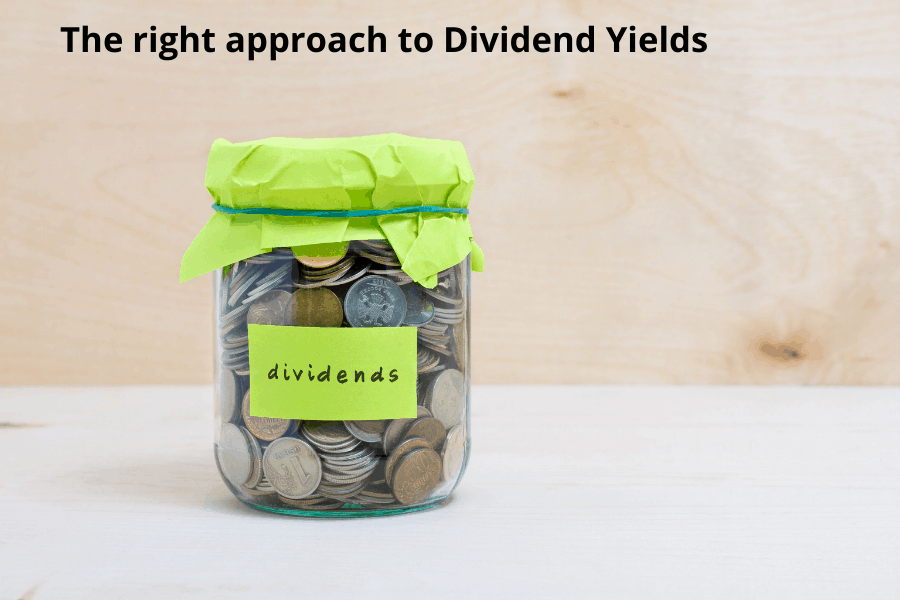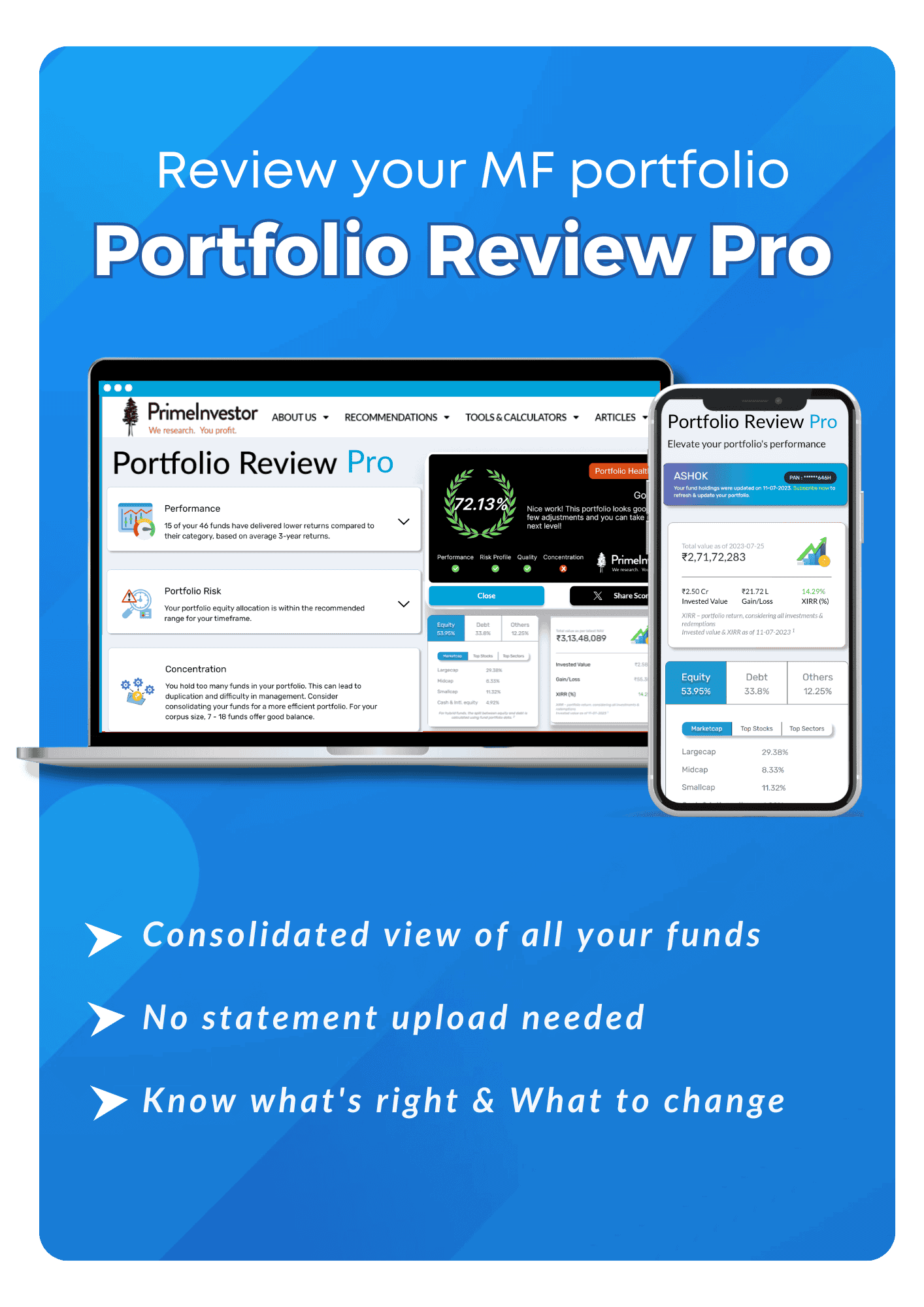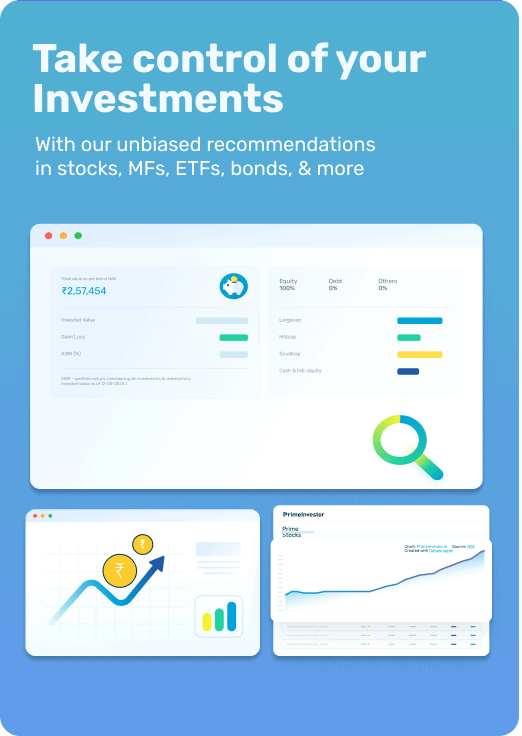
A dividend cheque hitting our bank accounts is the nicest thing to happen. But lately this has led to some investors thinking that dividend yield investing is a simple strategy. The other day someone posted on Twitter that he would like to accumulate a portfolio of select companies and get an annual dividend to around Rs 30 lakh from them. He had named stocks like HDFC Bank, Infosys, Nestle etc. Many of them have dividend yields (dividend payment divided by market price) at around one percent or below. Which means that to get Rs 30 lakh as annual dividends, you need to accumulate shares worth nearly Rs 30 crore.

Buy quality
But to approach dividend yield investing based on current yield is to my mind, simplistic. It does not tell us anything about the power of growth or compounding. The true secret to dividend yield investing is to buy quality companies and keep them for very long. Say we buy a share at Rs 1000 today. And we get a current dividend of around Rs 10. Assuming the company is going to double its profits every five years, it is reasonable to expect that dividends will also grow likewise. It may not in some industries such as banking, where growth is generally accompanied by equity dilution. But for a moment, let us ignore that. In five years in the above case, we will receive an annual dividend of Rs 20. In ten years, it should be Rs 40. In twenty years, it would be Rs 160 per share! Thus, on your original investment, the dividend will be nearly 16%! Let me give you an example of CRISIL. The company went public in 1994. A Rs 10 share was priced at Rs 50 in the IPO. Today you would have ten shares of one rupee each. This would take your cost down to Rs 5. But the total dividend paid by CRISIL in 2019 was Rs 32 per share! I am sure there are many such examples.
So, building a dividend income for retirement is not an unreasonable expectation. But you’ve got to select the right stocks to deliver that income. Let us explore this a bit further.
Pitfalls of current yield
I’ve found that buying stocks based on high current dividend yield is not a great strategy. When favoured stocks are at current dividend yields of one to two percent, if something is at five or six percent, it means that the business is not something that investors love to own. Let me quote the example of a company named Oracle Fin Services Software Ltd. The stock was being discussed in an investment group I belong to. In spite of being an MNC with an above average ROE, the dividend yield is at over five percent on current market price.
So, should one buy this stock for the five percent yield OR for capital appreciation? When I buy HDFC Bank I am reasonably sure that growth is likely and that its top line, bottom-line and dividends should rise. But considering Oracle, the company’s growth has barely kept pace with inflation over the last ten years. The earnings growth over ten years is a pitiable three percent compounded and in the last five years there’s de-growth. Do you still want to own it?
Unless you have convincing reasons to believe that the topline will grow and the bottom-line will keep pace, you could end up disappointed. What is the point in getting a five percent return from equities, if the share price does not go up at all? If the company slows down, you may also see dividends shrinking and stock prices falling further.
Other risks
Here is a list of stocks with their dividend yields in excess of five percent. How many of these will you buy for keeps? If you take a deep dive, you may identify one or more of the following risks – a stagnant or falling top/bottom line, inconsistent dividend payouts, governance issues, promoter issues, a decline in share price over time. This list is based on current dividends. I have not dissected it for regular and special payouts. Special payouts need to be excluded too.
There is one stand out feature in the list. There is an abundance of PSUs. This is because the promoter wants a high dividend payout. And the market price reflects the lack of confidence in the business and promoter. So, if you think differently, probably you can find some winners there. But as we showed earlier, growth and sustainability in profits are two critical factors to the continuation of dividends. Cyclicals cannot guarantee this. In case of PSUs, the promoter actions are capricious, and earnings are subject to political actions too.
The MF route
When it comes to taking the mutual fund route to dividend yield investing, the terminology can be very mis-leading. Most have delivered returns on par with the large-cap diversified funds. Are they doing anything different? Here is a list of top stocks in the dividend yield fund of Principal Mutual fund:
None of them, except ITC and HPCL have an above normal dividend yield. This makes it simply, another diversified fund. At best, it probably keeps away from companies that have not declared dividends. Thus, ‘dividend yield’ seems to be a matter of label and the fund relies mainly on share price appreciation for its returns. So, if I go back to the list of stocks with high current yield, I am sure that the compound returns on their share prices is lower than the index. Out of those with yield above five percent, less than ten would be considered fit for inclusion in a long-term portfolio.
For long term wealth creation, growth in earnings and sustainability of business are the key. Such a portfolio will give us increasing dividend yields on our purchase price and also deliver above-market returns on the share prices. No doubt, dividend payouts are important, but they need to come from companies that also demonstrate the following qualities:
- No major expansion that would need equity dilution or large debt
- Regularity in dividend payouts
- Promoters favoring dividends
- Rising profits and topline
- Zero debt and
- High ROE (above 15%)
These features enable both your equity investments and dividend incomes to grow. I will not be picking up companies based on a numerical calculation of latest dividend divided by current market price.





14 thoughts on “In dividends we trust: The right way to approach dividend yield investing”
I came across REC a PSU , your thought over it, good dividend good growth ( though market not giving cognizance to numbers ).
We don’t provide views on stocks that are not in our recommendation list. You can use our Stock Ranking Tool, if you want to see how it fares against others. – thanks, Bhavana
Sir , I remember reading about Ms. Geraldine Weiss who has maintained a winning portfolio ( beating benchmarks ) based on her dividend yield investing strategy. She picked companies with good yield in dips and reduced exposure on companies which lower their dividend strategy . Aren’t there any mutual funds who have demonstrated such a strategy ? Or isn’t the era of this investor and today much different ?
There are dividend yield funds but not all stocks remain divdend yield picks at all times. Between value contra and dividend yield funds, you might get a few but nothing that sticks to its philosophy closely. thanks, Vidya
The article emphasise too much growth on future growth of a company to compound dividend. It’s very hard to predict which businesses will survive or compound dividend in 10 years. Companies such as a HPCL, NLC, Coal India offered dividends above Bank FDs. Some PSUs have 0 or negligible debt, Promoter is pro dividend. Has it been looked into for next 10 years?
Hi,
Why not consider REIT & INvit for dividend yield portfolio. Currently Embassy reit offers 6.4% yield. So i feel some allocation makes sense
Yes. REITs are a good way to get fixed income and also some capital appreciation. However, in India I am not a fan of REITs.
A REIT should have multiple properties. Indian stamp duties are a huge deterrent to this industry. A single property REIT is not
something I will ever put money in to. Or a single developer’s multiple property.
Thought provoking article… when HDFC launched its dividend yield fund recently, I checked the performance of its peers and I found they had under-performed other funds / categories. I’m not sure if that means anything but it made me cautious and so I stayed away.
Article is too open ended, it would have been good if he had ended it with say 10 good div yielding stocks to be held long term, as per his theory.
Article spends too much time discussing about the problem with high dividend paying stocks rather discussing about how one should go about this investment strategy in the right way(briefly touched in the end). Couldn’t gather much actionable information from it.
Thank you. I am basically saying. Look beyond dividends. Dividend is a by-product of a good long term investment strategy. Pick high quality, debt free companies. And let compounding take care .
Can you help write a screneer query where we can select YoY growth(profit/sales) rather than taking the average growth ?
Show me 5 high quality, debt free, high dividend yield companies currently. Easy to write difficult to find such companies.
Very useful article emphasizing the importance of selecting potentially growing stocks both in terms of revenue and earnings for dividend yields and not get guided only by high dividend yields. It would have been useful if a list of such stocks was given.
Comments are closed.